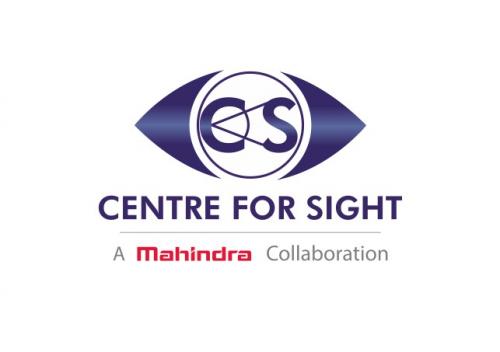Things to Know About Glaucoma Treatment

Because of no notable early symptoms, glaucoma is one of the most detrimental conditions of the eye. The condition is irreversible, and if left untreated it can lead to peripheral vision loss at first and eventually to blindness. So, what makes glaucoma a vision snatcher? The fact that it damages the optic nerve. It is caused due to the excess buildup of intraocular pressure (IOP) in the eye. In some cases, it can also happen when eye pressure is normal.
Types of glaucoma
There are two major types of glaucoma:
- Open-angle glaucoma
- Closed-angle glaucoma
The angle here refers to the drainage angle of the eye, which is responsible for draining out excess aqueous humour continually produced in the eye.
Open-angle glaucoma
In open-angle glaucoma, the drainage angle does not pass out the excess liquid present in the eye, just like a clogged drain. This leads to an increase in intraocular pressure that damages our optic nerve. This type of condition comes with no pain symptoms or any other eye symptoms.
Close-angle glaucoma
In closed-angle glaucoma, the iris is very close to the drainage angle that ends up blocking it and thereby is responsible for elevated eye pressure. This eye emergency causes an acute attack because of the sudden blockage and buildup of pressure. It is accompanied by symptoms like:
Severe eye pain
Tunnelled Vision
Seeing halos around light
Nausea
Who’s at a risk?
You are more at risk of developing glaucoma if you are above 40, have a family history of glaucoma, have diabetes, take steroids, or had an eye injury. If you fall under any such factors or are facing any of the symptoms mentioned above, it is advisable to get your eyes tested before the damage becomes irreversible.
Glaucoma treatment
It is advisable to go in for a check-up as soon as you experience any of the symptoms mentioned before because any damage to the eyes due to glaucoma is irreversible, medicines and surgery can only help stop further damage. The only difference is that the options depend on the type of glaucoma and the severity of each type. There are three approaches which can be taken to lower the IOP so that no more damage can take place:
1. Eye drops and medications
If manageable, your eye specialist will prescribe eye drops, oral medicines, and syrups. They are usually provided in case of open-angle glaucoma. The medications work by reducing the eye pressure or by reducing the amount of aqueous fluid that the eye produces. However, sometimes drugs may also have some side effects, including blurred vision, stinging or irritation in the eye, red eyes, changes in breathing or heartbeat, or headache. Oral medications can lead to drowsiness, anaemia, loss of appetite, bleeding disorder, or kidney stones. It is advisable to consult a doctor if you notice any of the symptoms. Never stop or change your medication without a doctor's prescription. It can do more harm than good.
2. Laser Treatment
Laser treatments are aimed at improving the eye's drainage angle. There are four options for laser treatment:
Laser Trabeculoplasty
Iridotomy
Transscleral Diode Cyclophotocoagulation
Laser Suture Lysis
These are performed to treat different conditions of glaucoma. Usually, laser treatment is performed on patients dealing with closed-angle glaucoma. In the case of close angle glaucoma, laser treatment like iridotomy is performed. In this treatment, the doctor makes a hole in the iris to allow the drainage of excess aqueous fluid, making the drainage angle work better. Trabeculoplasty helps people dealing with open-angle glaucoma. The eye surgeon uses a laser to enhance the eye drainage function.
Nowadays, Argon Laser Trabeculoplasty (ALT) and Selective Laser Trabeculoplasty (SLT) are used to lower a patient’s IOP who is suffering from open-angle glaucoma.
3. Surgery
Surgeries are considered as the last alternative for those who do not respond well to both medications and laser procedures. The operation is performed to create a new drainage channel for the flow of aqueous liquid. If this does not work out then the surgeon may use glaucoma drainage devices like implanting a tiny drainage tube in the eye. The drainage device will send the aqueous fluid to a reservoir. The collection area or a reservoir is created beneath the conjunctiva. The fluid is then absorbed into nearby blood vessels.
Though there is no proven way to cure glaucoma, it can be prevented only by getting regular examinations. It is advisable to visit your ophthalmologist every 3-6 months for routine checkups. Follow the medications and precautions as instructed by the doctor, and you prevent the onset of severe damage to the eye.
Post Your Ad Here
Comments